Quantitative Analysis
In refining event attendee personas, leveraging quantitative analysis proves to be an influential strategy. Here are numerous ways in which quantitative analysis, often applied in creating marketing personas, can significantly bolster the comprehension and efficacy of event attendee personas:
Survey Data Analysis:
Employ quantitative methods to scrutinise survey data gathered from event attendees, encompassing demographic information, preferences, and satisfaction ratings. Statistical analysis, a crucial aspect of creating marketing personas, unveils patterns and trends, fostering a more data-driven understanding of the audience.
Registration Data:
Scrutinise quantitative registration data to pinpoint key demographic details like job titles, industries, and company sizes. This vital information, synonymous with creating marketing personas, is instrumental in segmenting the audience into different personas based on quantifiable characteristics.
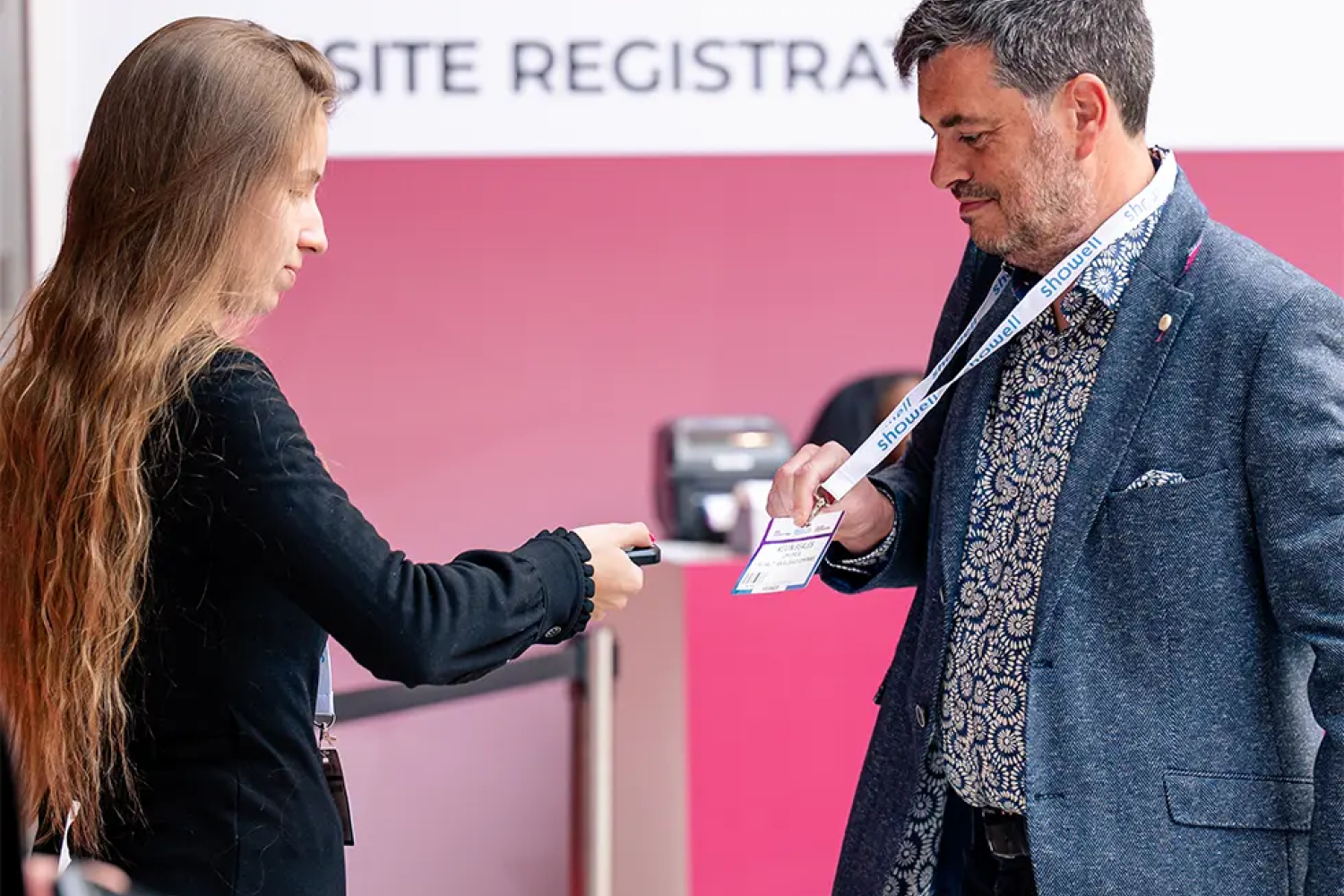

Behavioural Analytics:
Apply quantitative analysis to scrutinise behavioural data, including session attendance, engagement with event content, and interactions with exhibitors. This insightful analysis, an integral part of creating marketing personas, sheds light on attendee interests, refining personas based on real engagement patterns.
Identify Patterns:
Once you’ve collected the data, the next step is to identify patterns. This could involve analysing the data to identify common characteristics or behaviours among your event attendees. These patterns can help you segment your audience into different personas.
Social Media Metrics:
Analyse quantitative metrics from social media platforms, such as engagement rates, reach, and interactions, to comprehend the impact of event marketing strategies. This data-driven insight, a hallmark of creating marketing personas, refines personas by considering the online behaviour and preferences of the audience.
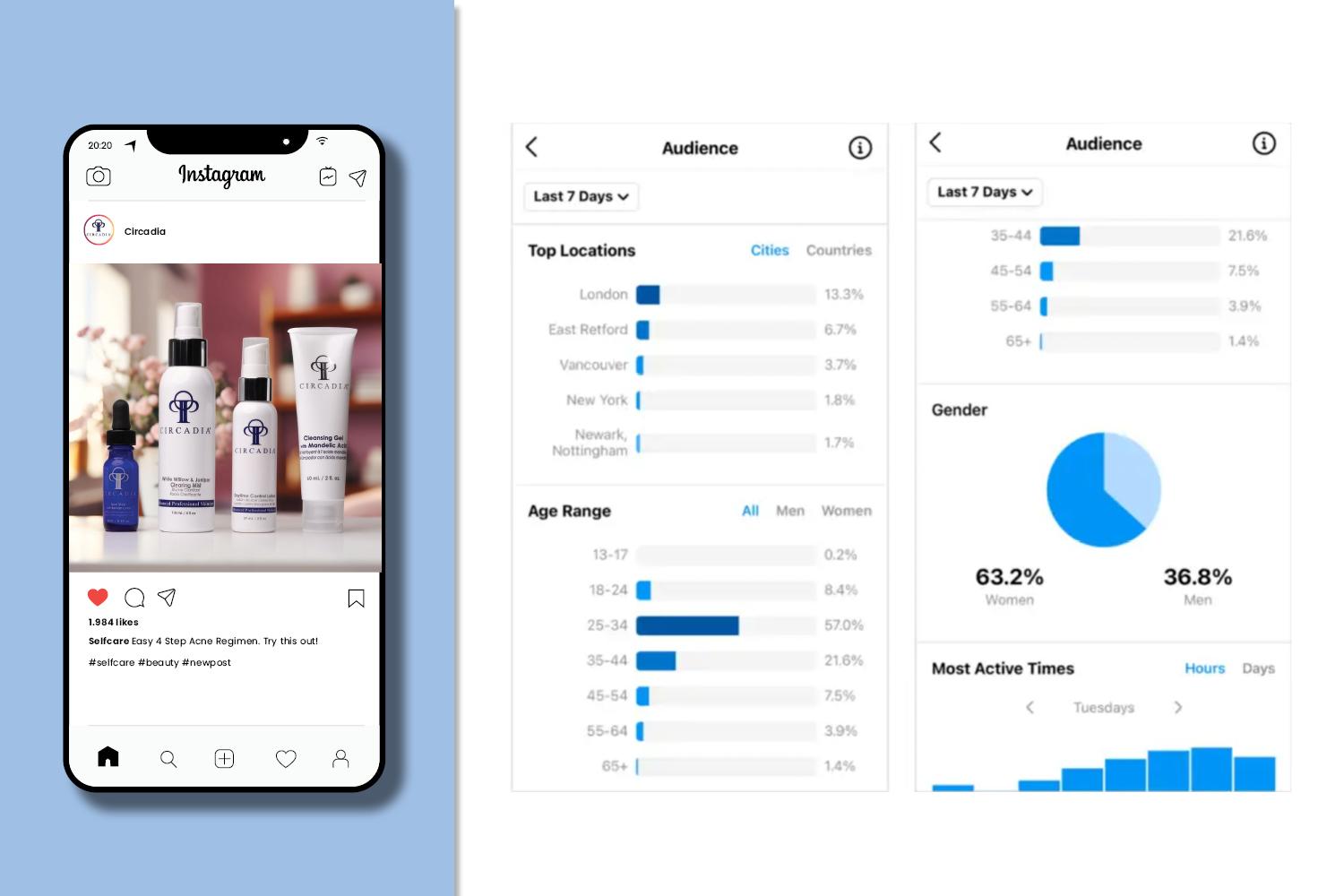
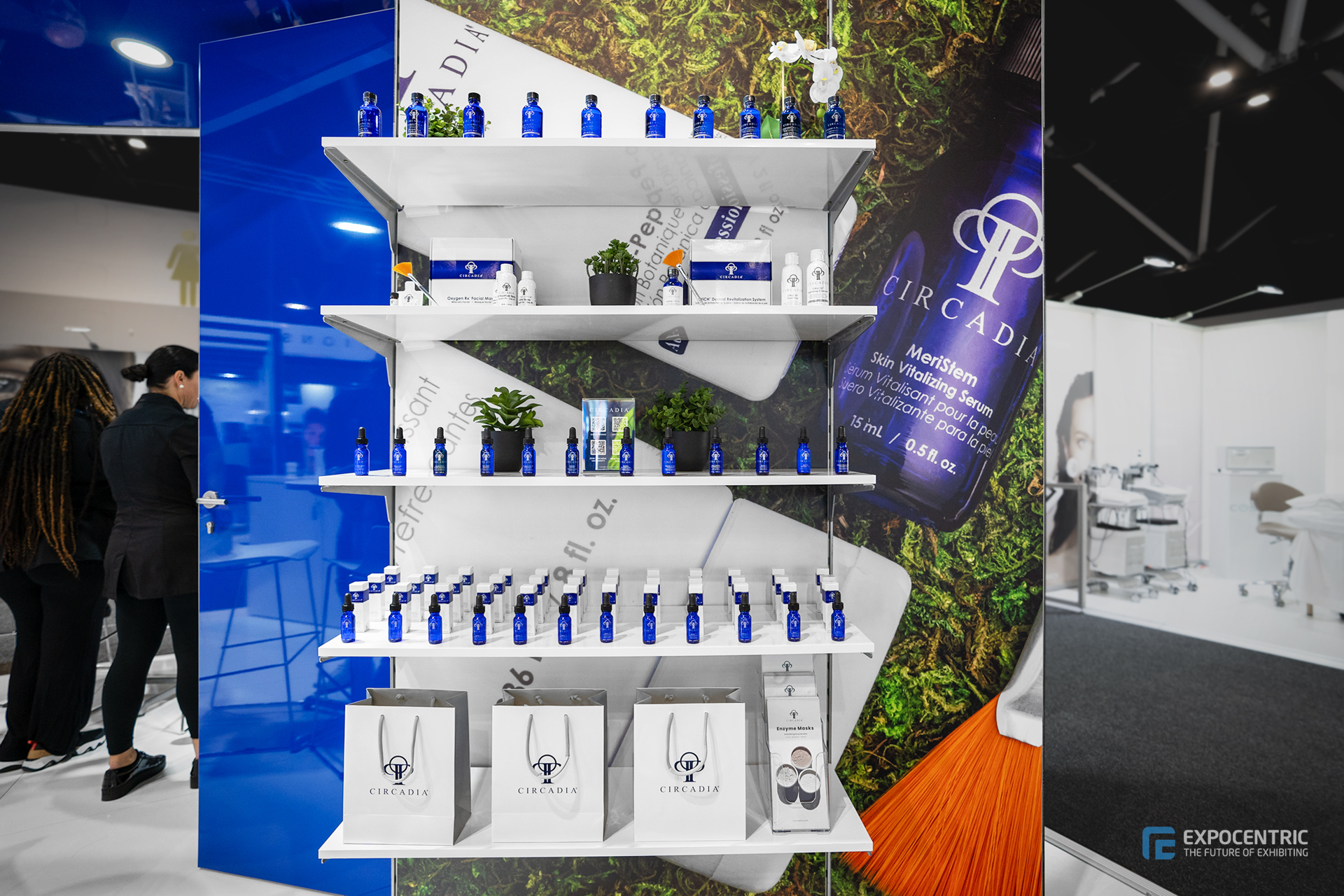

Inform Event Planning:
Once you’ve created your personas, you can use them to inform your event planning. For example, if one of your personas is particularly interested in networking, you might plan more networking opportunities at your event.
Post-Event Surveys:
Employ quantitative analysis to interpret numerical results from post-event surveys, measuring satisfaction levels, gauging the success of specific event features, and pinpointing areas for improvement. Insights derived from this quantitative analysis contribute to refining personas and tailoring future events, aligning with the principles of creating marketing personas.
Quantitative Comparison Across Events:
Conduct quantitative comparisons across different events if you host multiple occasions. This in-depth analysis, akin to creating marketing personas, delves into attendance patterns, preferences, and feedback, allowing for nuanced personas that cater to diverse event contexts.
Predictive Modelling:
Utilise quantitative analysis to predict future attendee behaviours, drawing on historical data. This predictive approach, a fundamental aspect of creating marketing personas, informs event planners about potential trends and preferences, facilitating the creation of forward-looking and adaptable personas.
Segmentation Analysis:
Apply quantitative methods to segment the audience into distinct groups based on quantifiable criteria. This segmentation analysis, integral to creating marketing personas, unveils subgroups with specific characteristics, enabling the creation of more targeted and tailored personas.
Measure and Improve:
After your event, you can use quantitative analysis to measure the success of your event and identify areas for improvement. For example, you could survey your attendees to see if their experience matched the expectations set by their persona.
By incorporating quantitative analysis into the development of event attendee personas, event organisers and presenters transcend qualitative insights, grounding personas in numerical evidence. This data-driven approach, synonymous with creating marketing personas, enhances the precision and effectiveness of persona development, ensuring more successful and engaging events.
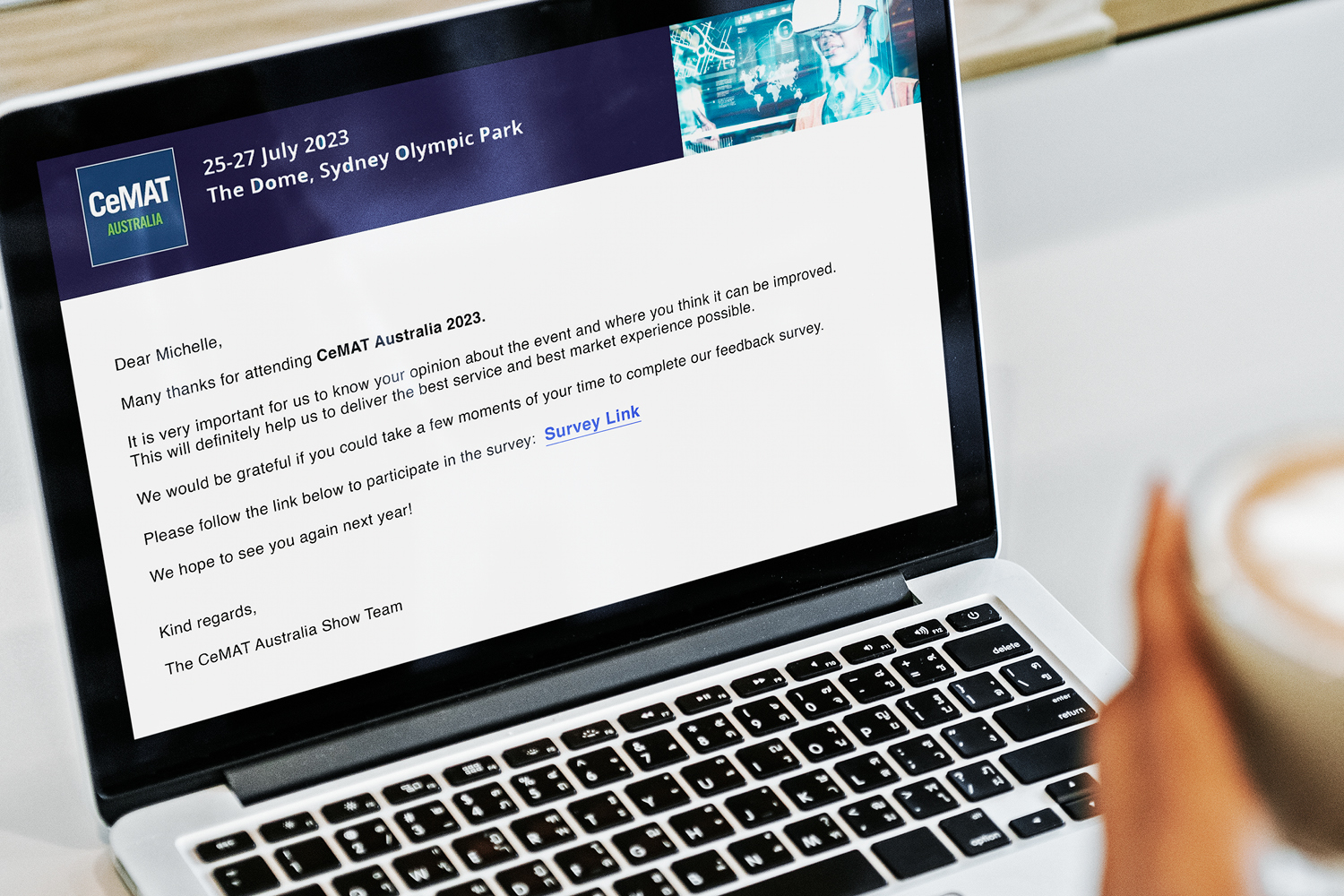
Conversations with your prospects and existing customers at Tradeshows
Engaging Dialogue:
Initiate engaging conversations with your prospects and existing customers at tradeshows, incorporating a personalised approach. This dialogue, synonymous with creating marketing personas, unveils valuable insights into their preferences and challenges.
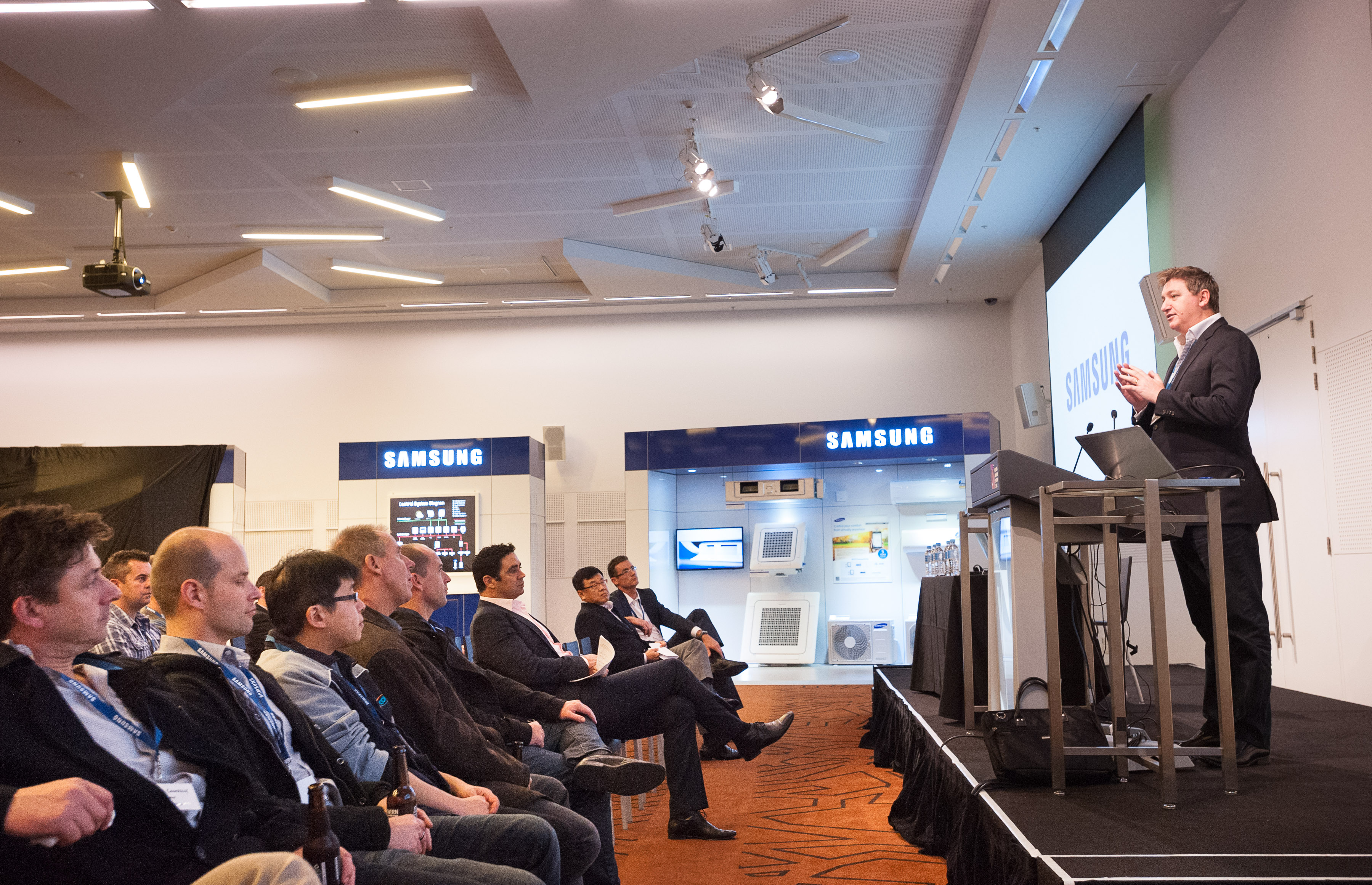
Tailoring Messaging:
Use these conversations, an integral element of marketing strategies, to tailor your messaging based on the identified needs of different audience segments. Understand the buyer’s journey, another core aspect of marketing strategies, and align your discussions accordingly.
Gathering Data Points:
Optimise these interactions to gather quantitative and qualitative data points. These insights, crucial for refining marketing messages and content, contribute to a more informed and data-driven approach to your marketing strategies.
Showcasing Products:
Seize the opportunity to showcase your product or service during these conversations. Demonstrating unique features and benefits, key components of marketing strategies can leave a lasting impression on your audience, reinforcing the value of your offerings.

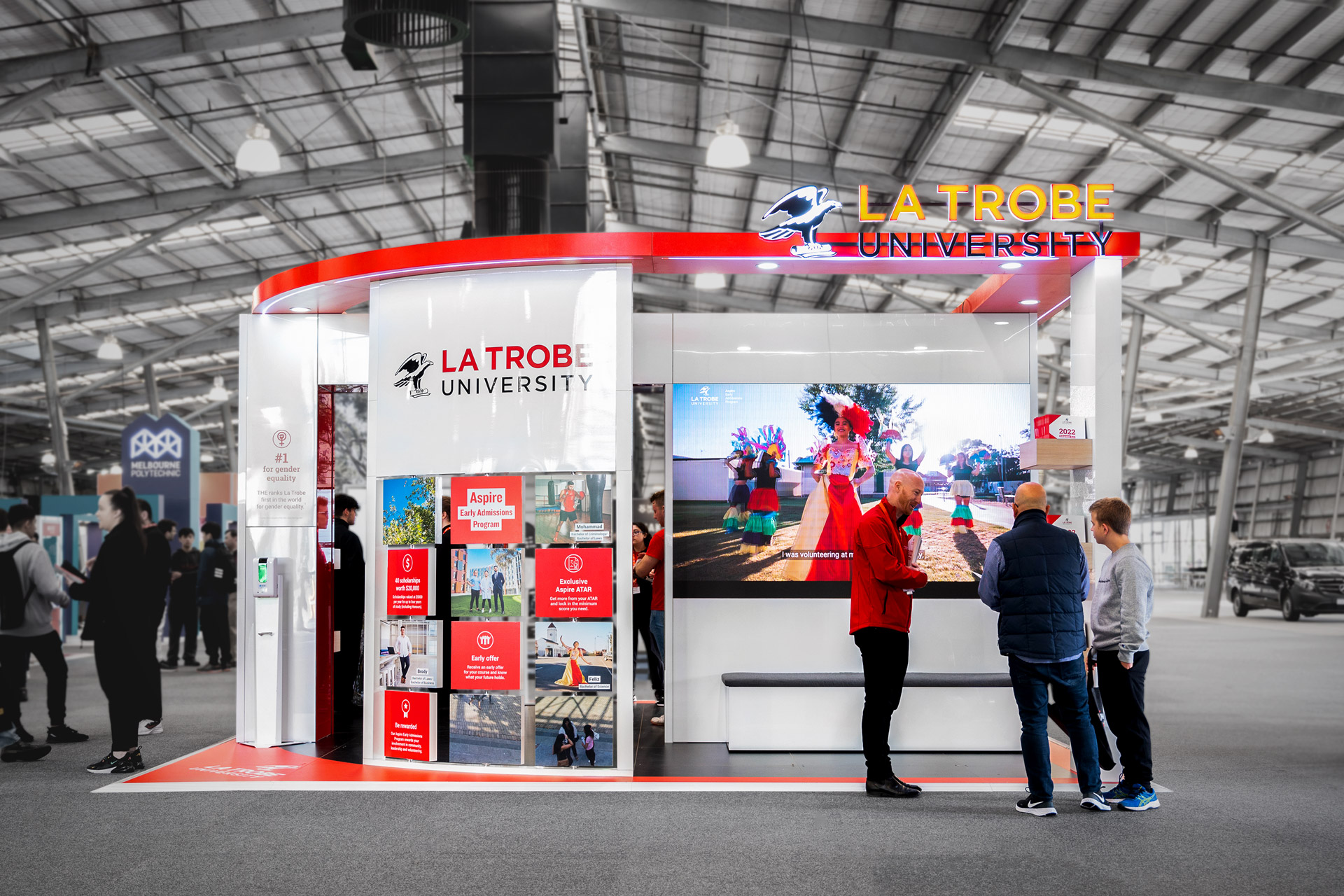
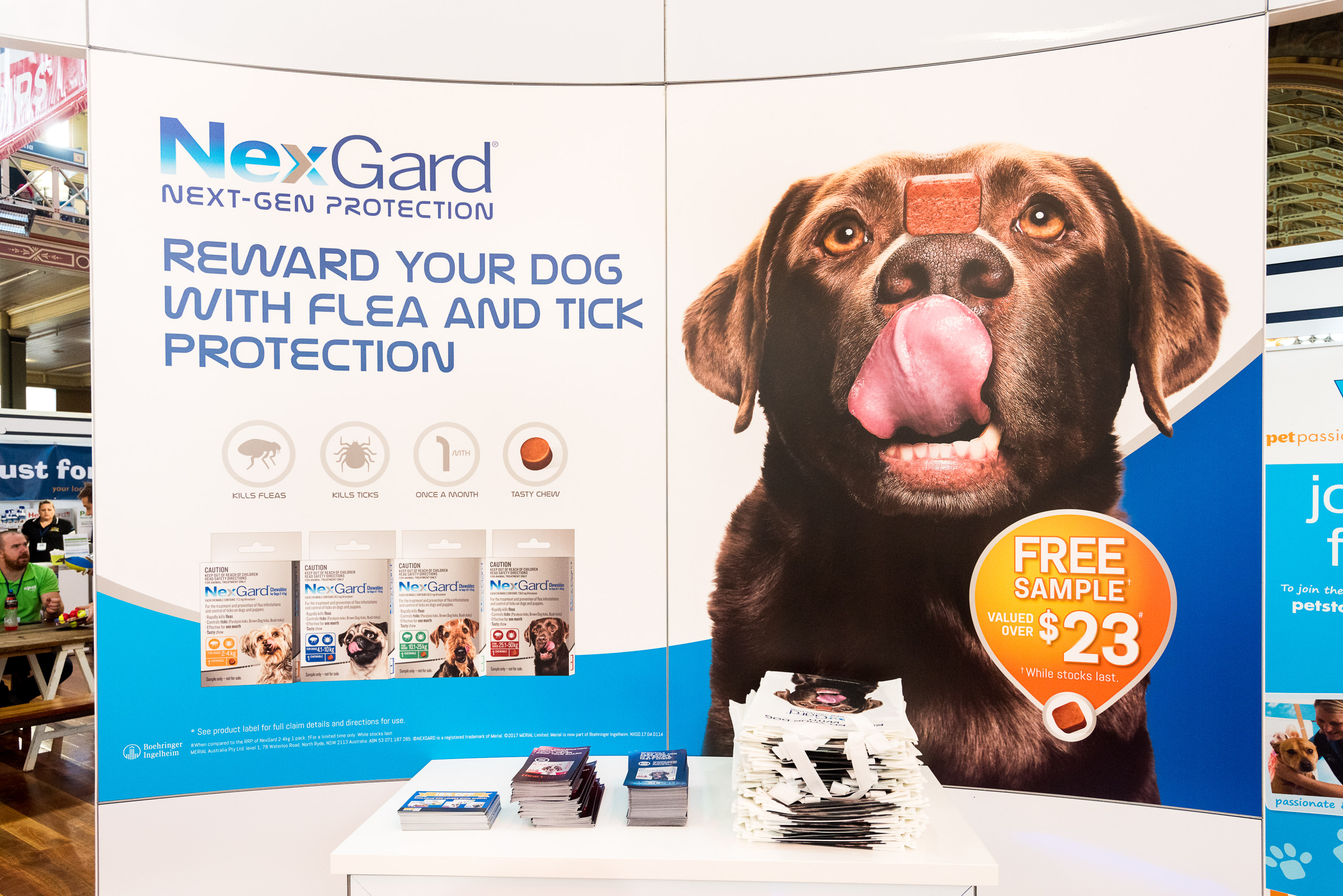
Buyer’s Journey Engagement:
Engage prospects and existing customers at different stages of the buyer’s journey during these conversations. This strategic approach, in line with marketing strategies, ensures that your interactions are targeted and personalised to meet varying needs.
Prepare Relevant Content:
Based on your personas, create content that will resonate with your target customers. This could involve social media posts promoting your presence at the tradeshow, blog posts addressing your customers’ challenges, or product demos tailored to the needs of each persona.
Social Media Integration:
Integrate social media into your conversations, encouraging attendees to share their experiences online. Leveraging the power of social media posts, a cornerstone of contemporary marketing strategies, can amplify your brand presence and extend the reach of your messages.
Engage in Meaningful Conversations:
At the tradeshow, engage in conversations with your prospects and customers. Use these conversations to gather data points about your customers and validate your personas. Ask about their biggest pain points, their typical day, and their buying process.
Relationship Building:
Foster connections and trust through these conversations, building relationships with your audience. This strategic element of marketing efforts contributes to long-term customer loyalty and advocacy, creating a positive cycle of engagement and support.
Feedback Incorporation:
Take note of the feedback received during these conversations and incorporate relevant insights into your marketing strategies. This continuous improvement loop, aligned with marketing efforts, ensures that your strategies remain adaptive and responsive to customer needs.
Personalised Approach:
Embrace a personalised approach in your conversations, tailoring your engagement to the unique characteristics of each prospect and existing customer. This approach resonates with the principles of creating marketing personas and enhances the overall impact of your interactions.
Refine Your Personas:
Use the insights gained from your conversations to refine your personas. This could involve adding more detail to your personas, creating new personas, or adjusting your existing personas based on new insights.
In essence, conversations at tradeshows serve as multifaceted opportunities to enhance marketing strategies. From tailoring messaging and gathering data points to showcasing products and fostering relationships, these interactions play a pivotal role in creating a robust and impactful marketing presence in the market.



Help Your Sales Seam Prepare for Conversations with Your Persona
Empowering your sales team to navigate conversations with precision and resonance requires strategic preparation tailored to the nuances of your marketing personas. Here’s a detailed guide on how to help your sales team prepare for meaningful interactions:
Persona Familiarity:
Ensure that your sales team possesses a deep understanding of the marketing personas they are engaging with. Familiarity with the persona’s pain points, preferences, and challenges, integral aspects of creating marketing personas, forms the foundation for effective communication.
Tailored Messaging:
Equip your sales team with messaging strategies that are specifically tailored to address the identified needs and preferences of your personas. This tailored approach, aligned with the principles of creating marketing personas, ensures that conversations resonate with the unique characteristics of each persona.

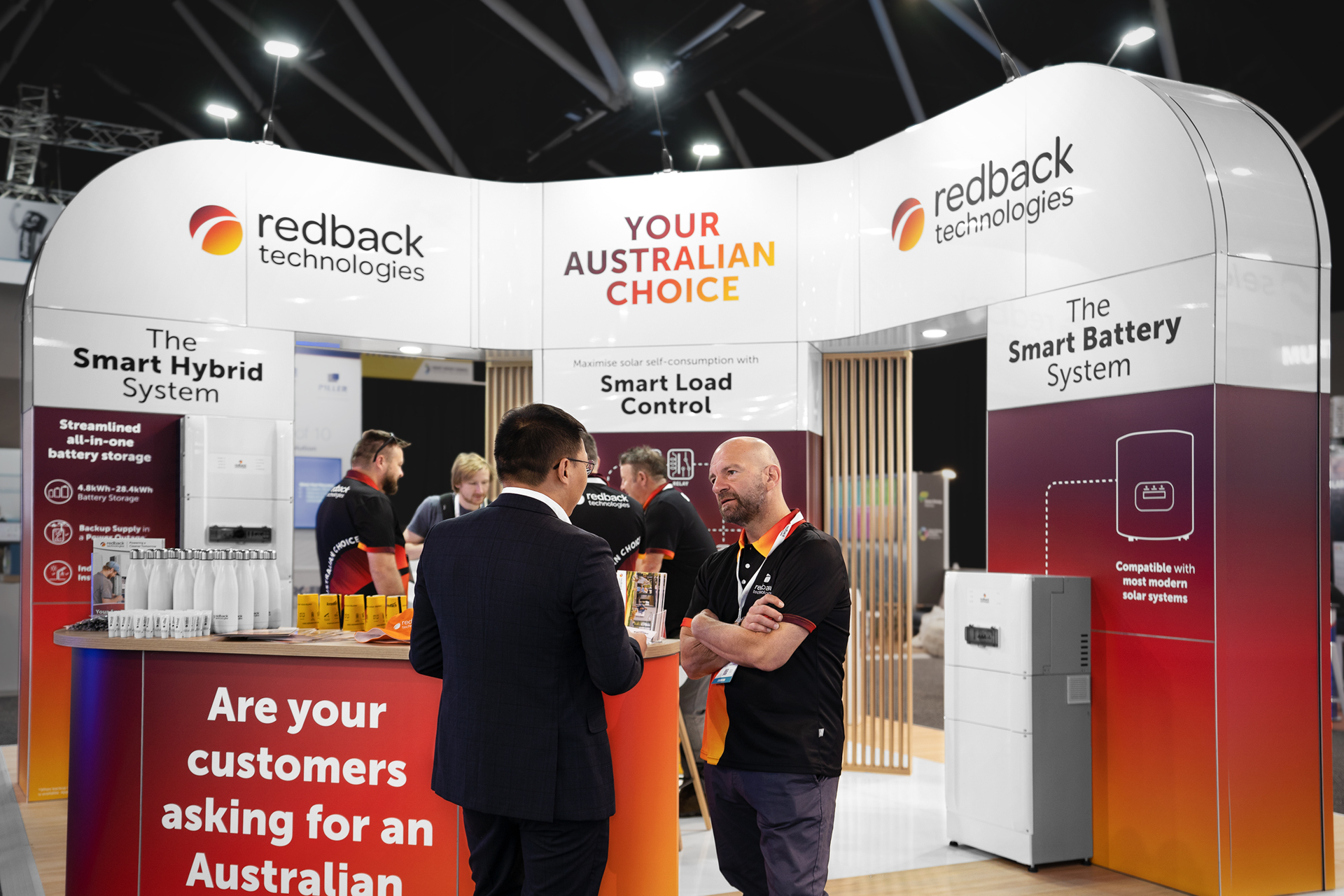
Comprehensive Persona Profiles:
Provide your sales team with comprehensive persona profiles, incorporating demographic information, key segment details, and defining characteristics. These profiles, derived from creating marketing personas, offer a holistic view, enabling your team to engage in conversations with a deeper level of understanding.
Utilising Persona Templates:
Leverage persona templates, a valuable resource synonymous with creating marketing personas, to guide the sales team in preparing for conversations. These templates cover basic demographic information and other key details, streamlining the process of persona-focused preparation.
Addressing Pain Points:
Emphasise the importance of addressing pain points during conversations. A keen awareness of these pain points, identified through creating marketing personas, allows your sales team to position your product or service as a solution that directly meets the needs of the persona.
Social Media Insights:
Encourage your sales team to leverage insights from social media, including engagement rates and posts. This data, an integral part of contemporary marketing strategies, can provide additional context to help personalise conversations based on the persona’s online behaviour.
Customer Testimonials:
Incorporate customer testimonials and success stories into the preparation process. These real-life examples, sourced from existing customers, align with marketing efforts and offer tangible proof points that can be referenced during conversations.
Emphasising Empathy:
Emphasise the importance of empathy in sales conversations. Understanding the persona’s challenges, a core element of creating marketing personas, allows your sales team to approach discussions with genuine empathy, fostering stronger connections.
Role-Playing Exercises:
Conduct role-playing exercises where the sales team simulates conversations with personas. This hands-on approach allows them to practice applying the insights gathered from creating marketing personas, and refining their communication skills in a controlled environment.
Continuous Training:
Implement continuous training programs to keep the sales team updated on any changes in persona characteristics or market dynamics. This ongoing education, aligned with marketing strategies, ensures that the team remains agile and adaptive in their conversations.
By implementing these strategies, you not only help your sales team prepare for conversations but also enable them to proactively engage with personas in a way that builds rapport, addresses specific needs, and ultimately drives successful conversions. This comprehensive approach, grounded in the principles of creating marketing personas, positions your sales team for impactful and customer-centric interactions.

Buyer personas help you tailor your product’s messaging to its target audience
Creating and utilising buyer personas is an integral part of tailoring your product’s messaging to effectively reach and resonate with its target audience. Let’s delve into the details of how each element plays a crucial role in this process:
Marketing Persona and Buyer Personas
Buyer personas are an extension of marketing personas, offering a more granular understanding of your target audience. These detailed personas guide the customisation of your product’s messaging based on the diverse characteristics and preferences of different buyer segments.
Customer Personas and Audience Personas
Buyer personas essentially represent customer personas, capturing the nuances of various audience segments. Understanding the distinct needs and behaviours within your audience is fundamental for crafting messages that truly connect.
Marketing Strategy
Buyer personas are the linchpin of your marketing strategy. They inform decisions related to content creation, channel selection, and overall campaign direction, ensuring that your strategy aligns precisely with the unique characteristics of your target audience.
Creating Personas
The meticulous process of creating buyer personas involves both qualitative and quantitative research. This comprehensive approach results in personas that are not only detailed but also accurate reflections of your target market.
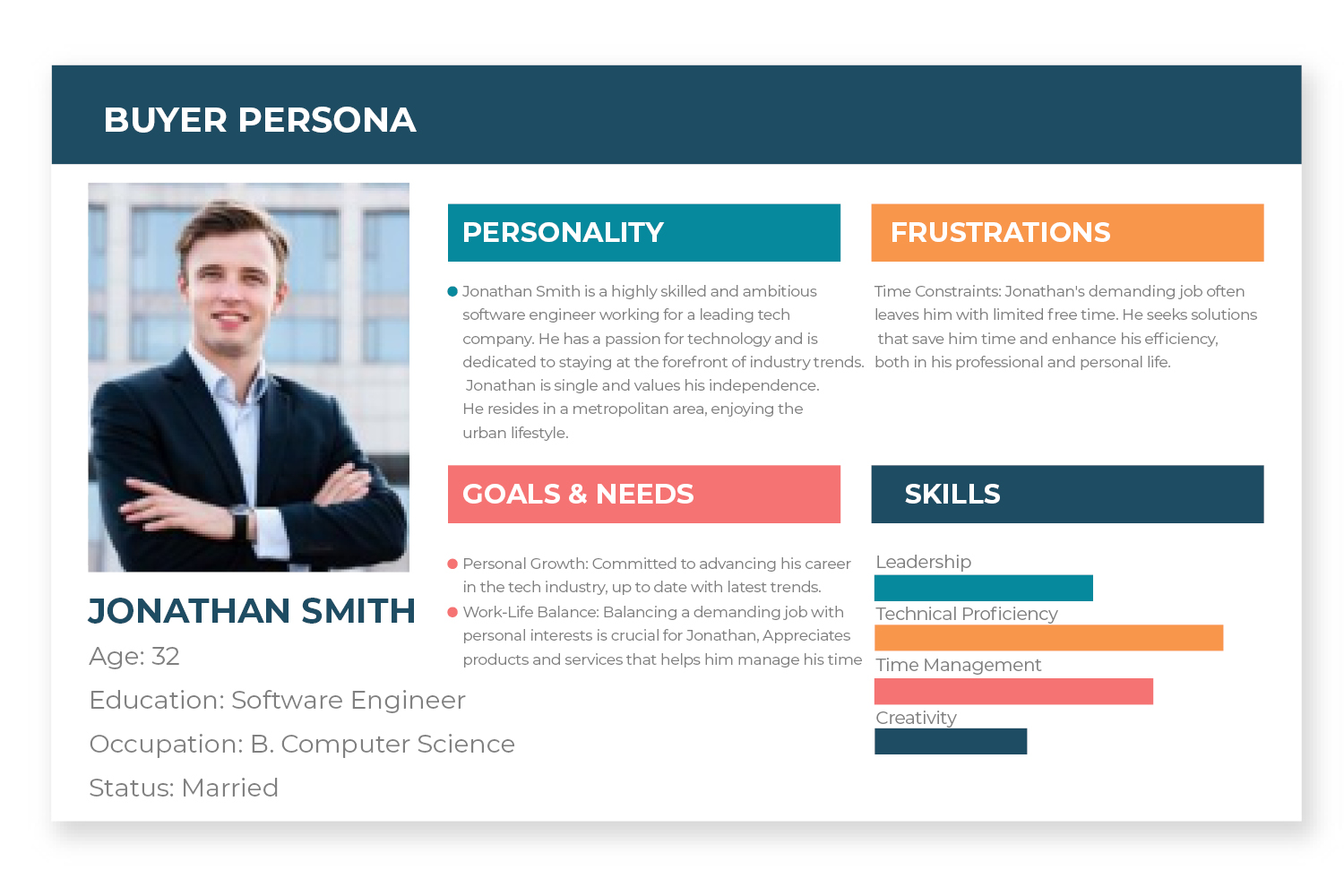

Job Title
Knowing the job titles of your target audience is critical for tailoring messages that resonate with their professional needs and challenges. This insight ensures that your product’s messaging speaks directly to the roles and responsibilities of your audience.
Customer Base
Buyer personas are derived from analysing your existing customer base. This provides valuable information about the characteristics and preferences of those who have already engaged with your product, allowing for a messaging strategy grounded in the realities of your customer base.
Content Marketing Efforts and Content Marketing
Buyer personas significantly influence content marketing efforts. By understanding the content preferences of each persona, you can create targeted and relevant content that speaks directly to their needs, maximising the impact of your content marketing strategy.
Ideal Customer
Creating buyer personas helps define your ideal customer. Tailoring messaging to this ideal customer ensures that your product appeals to those who align most closely with your offerings, resulting in more effective communication.
Audience Research and A Few Ideas
Robust audience research is inherent in creating buyer personas. This involves gathering insights, brainstorming a few ideas, and ensuring that your messaging is not only data-driven but also creative and impactful.
Marketing Teams
Buyer personas serve as a crucial tool for aligning marketing teams. They provide a shared understanding of the target audience, fostering collaboration among teams responsible for various aspects of the marketing strategy.
Social Media Strategy
Tailoring your social media strategy to the preferences and behaviours of each persona ensures that your messages are delivered through the most effective channels. Social media has become a powerful tool for reaching and engaging your target audience.
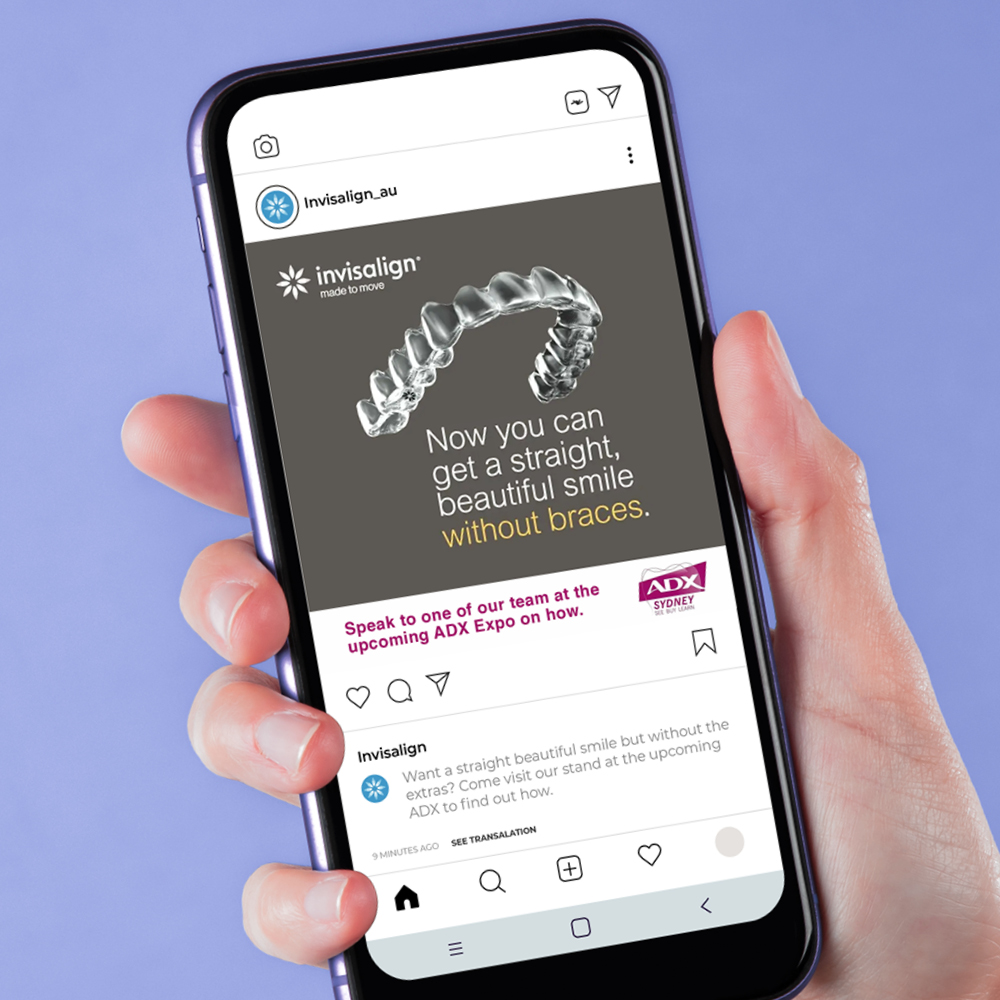

Sales Process
Buyer personas directly impact the sales process. Understanding the challenges and motivations of each persona allows the sales team to tailor their approach, making the process more efficient and customer-centric.
Audience Insights and How Many Personas
Developing buyer personas provides deep insights into your audience. Determining how many personas are needed involves a careful analysis of the diverse characteristics within your target audience, ensuring that no segment is overlooked.
Negative Personas
Identifying negative personas is equally important. These are individuals or segments who are not likely to benefit from your product. By excluding them from your messaging strategy, you focus your efforts on the most promising prospects.
Customer Segments
Buyer personas help define distinct customer segments within your overall audience. Tailoring messaging to each segment ensures that your product appeals to a diverse range of customers, maximising its market reach.
Developing Personas
The process of developing personas involves continuous refinement. Gathering feedback and data ensures that your personas evolve with the changing dynamics of your target audience, keeping your messaging strategy agile.
Incredibly Valuable and Low Average Sale Price
Buyer personas are incredibly valuable, regardless of the average sale price of your product. Whether you’re selling high-end products or those with a lower average sale price, tailoring messages to buyer personas enhances the overall effectiveness of your marketing efforts.
Target Personas
Identifying and targeting specific personas ensures that your messaging is not generic but resonates with the specific needs and preferences of your most valuable segments.

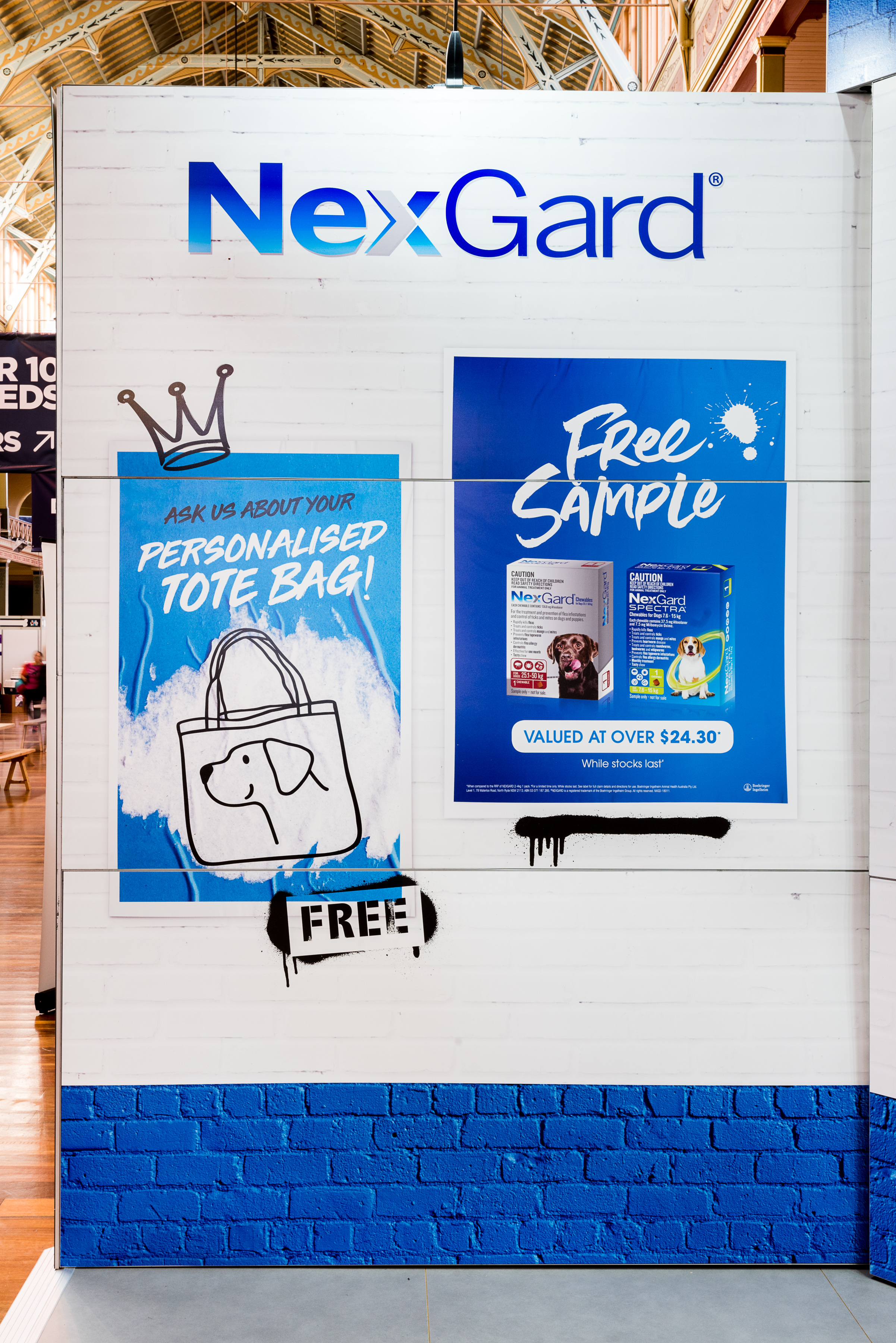
Sales Teams and Target Market
Buyer personas guide sales teams in understanding the target market. This alignment ensures that sales efforts are directed toward segments that are most likely to convert, streamlining the sales process.
Sales Reps
Sales reps armed with detailed buyer personas can engage in more meaningful conversations. Understanding the pain points and motivations of each persona helps build rapport and trust, enhancing the effectiveness of sales interactions.
Qualitative Research
The qualitative research involved in creating buyer personas provides rich insights into the emotions, challenges, and aspirations of your audience. This emotional intelligence allows for more resonant and impactful messaging.
Separate Persona and Key Information
Creating separate personas for different segments allows you to highlight key information and tailor messages more precisely. Each persona represents a distinct facet of your target audience, ensuring that your messaging resonates on a personal level.
Makes Sense to Relevant Stakeholders
Identifying relevant stakeholders within your target audience is crucial for effective messaging. Ensure that your messages make sense, avoid beating around the bush. Using information you got from your persona profile, pitch to stakeholders what you predict will be solutions for each of their specific needs.
B2B Buyer Persona Example
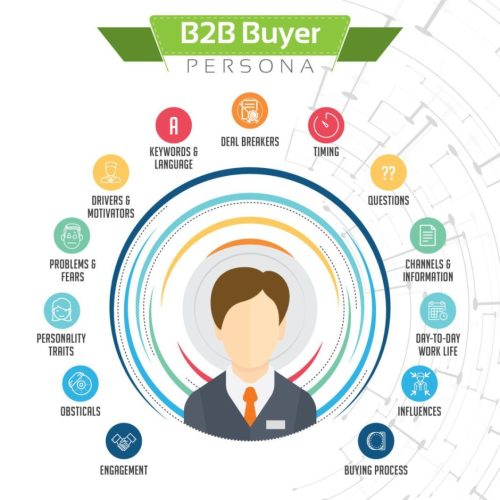
Buyer Persona – Efficient Emma:
Emma is the COO of a large manufacturing company. She’s focused on improving operational efficiency and reducing costs. She relies on real customer feedback to inform her decisions and is always interested in solutions that can help her company scale. Her main challenge is managing the rapid growth of her business. An empathy map for Emma might reveal that she feels overwhelmed by her company’s rapid growth but is also motivated to find solutions that can help manage this growth.
Anti-Persona – Budget Conscious Bob:
Bob is the CFO of a small start-up. While he understands the value of investing in new technologies or services which you offer, his main concern is always the bottom line. He’s hesitant to make any purchases without seeing a clear and immediate return on investment. A content strategy for Bob would focus on demonstrating the cost-effectiveness and ROI of your product or service. Not the ideal customer for your business, for the time being.
Technology Titan Solutions:
- Company Size: Medium to Large Enterprises
- Psychographic Data: Tech-savvy, Early Adopters
- LinkedIn Communities: Active in Technology and Innovation Groups
- Content Strategy: Focused on Whitepapers and Webinars
- Support Teams: Prefer Prompt Technical Assistance
- Real Customers: Testimonials from Prominent Industry Players
- Empathy Map: Driven by Innovation, Open to Cutting-Edge Solutions
Innovative Manufacturing Mavericks:
- Company Size: Large Manufacturing Enterprises
- Psychographic Data: Innovation-driven, Embraces Industry 4.0
- LinkedIn Communities: Actively Participates in Manufacturing Innovation Groups
- Content Strategy: Highlights Advanced Manufacturing Technologies
- Support Teams: Values Technical Assistance for Integration
- Real Customers: Features Testimonials from Pioneering Manufacturers
- Empathy Map: Driven by Operational Excellence, Seeks Cutting-edge Solutions
B2C Buyer Persona Example
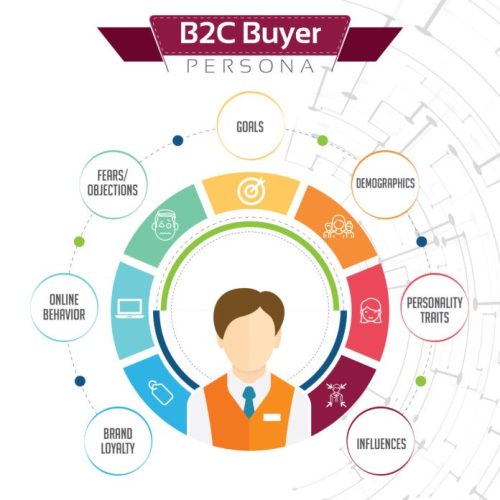
Buyer Persona – Fitness Focused Fiona:
Fiona is a potential buyer who is passionate about maintaining a healthy lifestyle. She follows several health and wellness communities on LinkedIn and other social channels. She’s always looking for products that can help her achieve her fitness goals. Fiona appreciates companies that offer robust support teams and values real customer reviews when making purchasing decisions. An empathy map for Fiona might reveal that she feels motivated when she sees progress in her fitness journey but feels frustrated when she hits a plateau.
Anti-Persona – Luxury Loving Laura:
Laura loves indulging in luxury goods and doesn’t mind splurging on high-end products. She’s not the ideal customer for budget brands or discount stores. Laura is active on several social channels, where she follows luxury brands and influencers. An empathy map for Laura might reveal that she feels excited when purchasing a luxury item but feels regret if the product doesn’t live up to her expectations.
Fashion Forward Trendsetters:
- Business Size: Trendy Fashion Boutiques
- Psychographic Data: Fashion-forward, Stay Updated on Latest Trends
- LinkedIn Communities: Engaged in Fashion and Style Networks
- Content Strategy: Emphasizes Seasonal Lookbooks and Styling Tips
- Support Teams: Values Trend Alerts and Personal Styling Assistance
- Real Customers: Features Testimonials from Fashion Influencers and Trendsetters
- Empathy Map: Driven by Personal Style Expression, Seek Unique Fashion Finds
Tech Enthusiast Consumers:
- Business Size: Electronics Retailers
- Psychographic Data: Tech-savvy, Early Adopters of Gadgets
- LinkedIn Communities: Actively Participates in Tech Enthusiast Groups
- Content Strategy: Highlights Product Demos and Tech Reviews
- Support Teams: Prefers Swift Technical Assistance for Device Issues
- Real Customers: Features Testimonials from Gadget Enthusiasts
- Empathy Map: Driven by Innovation and Tech Exploration, Seek Cutting-edge Products
B2B Buyer Persona Examples in Trade Shows and Events

Creating buyer personas specifically tailored for trade shows and events is crucial for maximising engagement and ensuring your participation resonates with your target audience. Below are examples of buyer personas that might be relevant in the context of trade shows and events:
Networking Nancy:
Nancy is a Business Development Manager who attends trade shows to network with potential buyers and partners. She uses LinkedIn communities and other social channels to connect with attendees before the event. Her content strategy involves sharing relevant content about her company’s offerings and arranging meetings at the event, preferably in her exhibit booth.
Innovative Ian:
Ian is a Product Manager who attends trade shows to showcase his company’s innovative solutions. He uses trade shows as a platform to gather feedback from real customers and refine his product strategy. An empathy map for Ian might reveal that he feels confident when presenting his product but nervous about the competition.
The Decision-Maker Executive:
- Background: C-level executive or business owner
- Goals: Seeking innovative solutions to enhance overall business operations, networking with industry leaders
- Challenges: Limited time, looking for tangible ROI from attending events
- Engagement Approach: High-level discussions, exclusive networking events, personalized demos
The Tech Enthusiast:
- Background: IT professionals, tech managers
- Goals: Exploring the latest technological advancements, finding solutions to streamline processes
- Challenges: Keeping up with rapid tech changes, ensuring compatibility with existing systems
- Engagement Approach: Tech demos, expert presentations, hands-on workshops
The Industry Innovator:
- Background: R&D professionals, innovators
- Goals: Discovering groundbreaking technologies, staying ahead of industry trends
- Challenges: Balancing innovation with practical implementation, ensuring scalability
- Engagement Approach: Showcase cutting-edge products, thought leadership, innovation forums
The Networking Pro:
- Background: Sales and business development professionals
- Goals: Building a strong network, generating leads, establishing partnerships
- Challenges: Managing a large number of connections, differentiating valuable leads
- Engagement Approach: Networking events, one-on-one meetings, interactive booths
B2C Personas at Trade Shows and Events
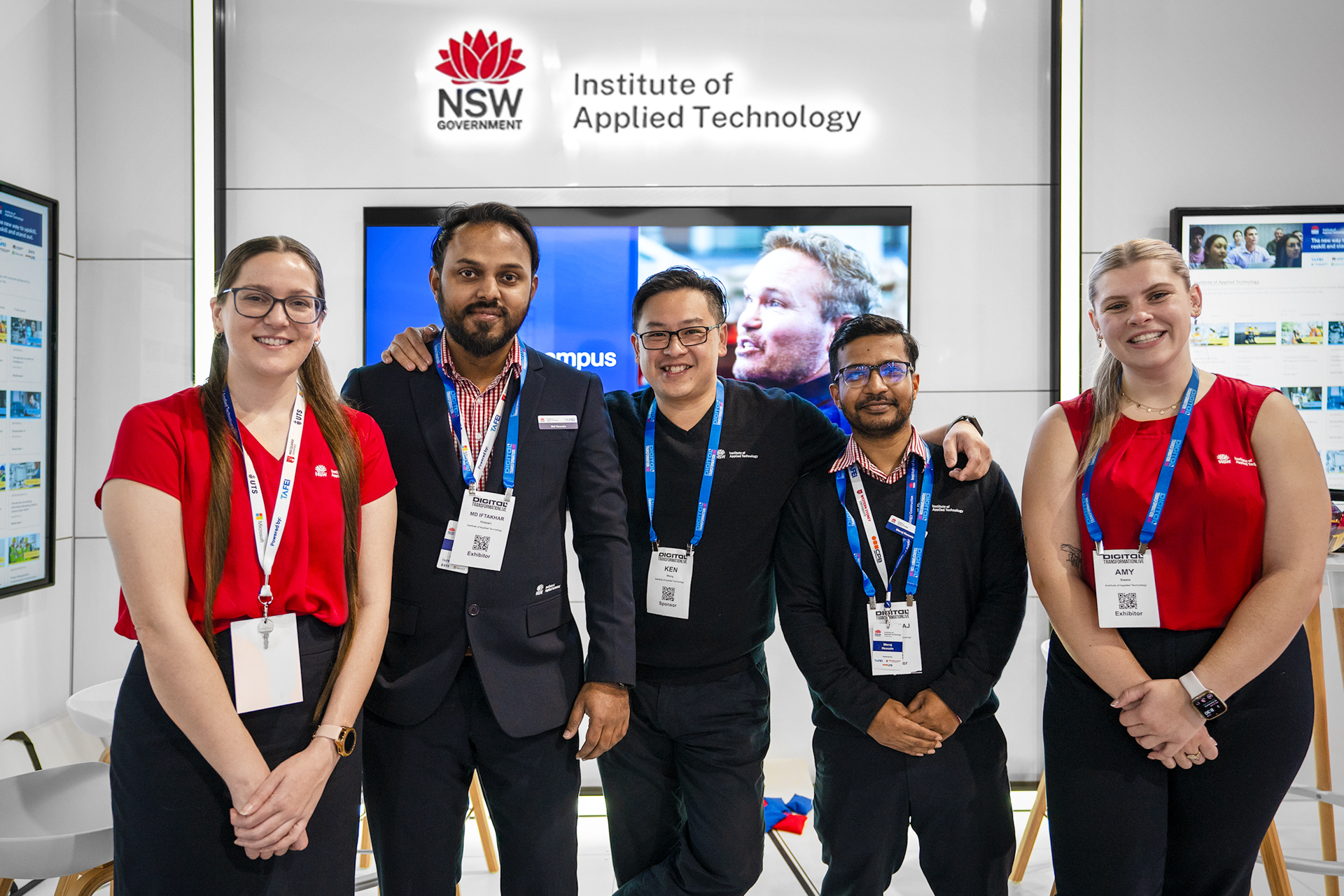
The Knowledge-Seeker Attendee:
- Background: Entry-level professionals, researchers
- Goals: Gaining industry insights, learning about best practices, career development
- Challenges: Limited experience, information overload
- Engagement Approach: Educational sessions, mentorship opportunities, informative materials
The Return Attendee:
- Background: Regular event attendees, loyal customers
- Goals: Staying updated on industry changes, reinforcing existing partnerships
- Challenges: Avoiding redundancy, seeking new value in familiar events
- Engagement Approach: Exclusive loyalty programs, personalized event experiences, advanced previews
Summary
If you’re a B2B organisation, showcase the diversity in company sizes, industry focuses, and psychographic preferences. Tailoring your content strategy, and engaging with communities on social channels. If you’re selling to B2C, showcase the diverse preferences and behaviours within the consumer landscape. Tailoring content strategies, and engaging through social channels.
There is a need to understand the unique needs of potential buyers, while also considering anti-personas, which ensures a holistic approach to your marketing strategy. Help your sales team prepare for conversations with your persona data. Decide how many people you need to interview, gather Information about current or potential customers, analyse persona data effortlessly, and engage authentically.
Elevate your marketing success with us! As a full-service marketing agency, we’re here to tailor solutions to meet your unique needs, whether they’re specific or diverse. Ready to transform your marketing strategy? Reach out to us today and let’s make your vision a reality!
Get in touch with us and boost your business with our solutions today!
